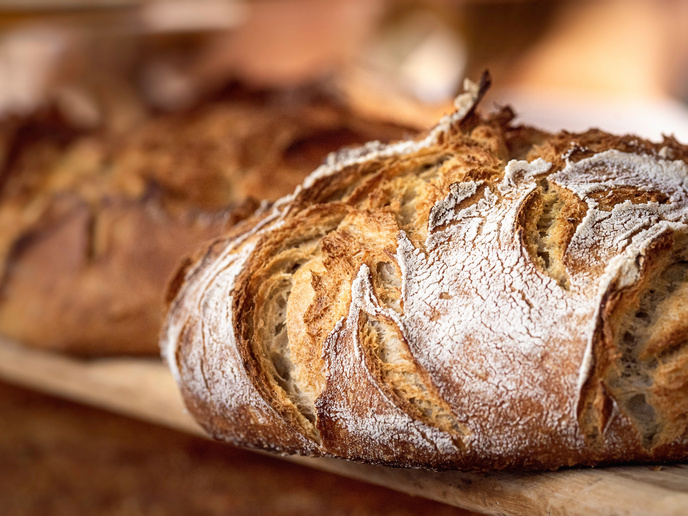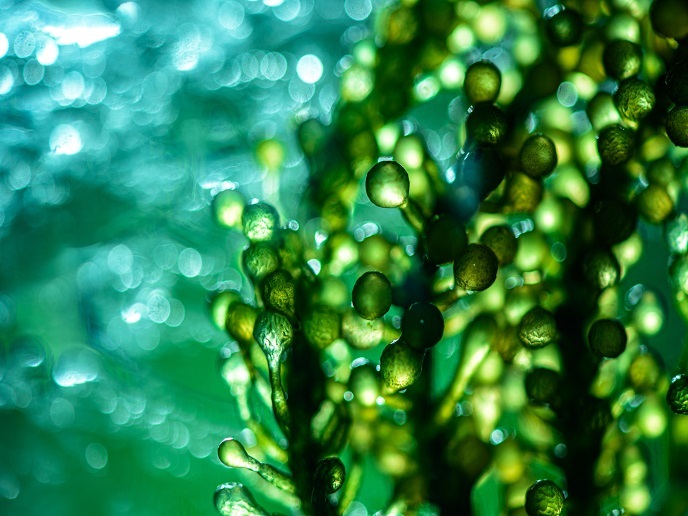Nature-inspired process converts biomass into green chemicals
Using renewable, natural sources to create everyday items such as food ingredients, fragrances and hygiene products not only helps reduce carbon emissions and waste but also opens new markets and value chains in the bioeconomy. That was the goal of the EU-funded AFTERBIOCHEM(opens in new window) project: turning non-food biomass into a series of eco-friendly products by combining the natural and chemical processes of anaerobic batch fermentation and esterification. Besides developing a unique and optimised fermentation system, the project has successfully inaugurated a first-of-its-kind integrated biorefinery in Carling Saint-Avold, France, also with the support of the Circular Bio-based Europe Joint Undertaking(opens in new window). “Using AFYREN’s proprietary fermentation technology, which harnesses natural microorganisms, we can produce a family of seven different carboxylic acids containing from two to six carbon atoms at industrial scale and quality,” states Jérémy Pessiot, co-founder, managing director and chief technical officer at AFYREN(opens in new window), the green chemistry company coordinating AFTERBIOCHEM.
A natural process with industrial power
Three advantages set the project’s fermentation technology apart from existing biorefinery methods. First, it treats biomass co-products directly without requiring pretreatment, reducing operational costs and complexity. Second, the technology uses non-genetically modified microorganisms. And finally, the process leads to mixogenesis, transforming sugar beet pulp, molasses and similar agricultural co-products into seven valuable bio-based acids through consolidated fermentation. This streamlines production and enhances productivity. AFTERBIOCHEM’s production method follows a zero-waste principle, where water is completely recycled and the only by-product is a potassium-rich fertiliser suitable for organic farming. This returns nutrients to the soil, completing the agricultural cycle. In addition, this approach is based on green chemistry principles, minimising environmental impact. “Inspired by nature and entirely biomimetic, the process reproduces at industrial scale the fermentation that has been around for millions of years in natural ecosystems, and on which processes such as anaerobic digestion, used today for energy production, are based,” explains Pessiot.
Establishing a circular bioeconomy
The biorefinery started industrial production in 2024, enabling the sale of several dozen tonnes of bio-based carboxylic acids, with full production capacity yet to be reached. These solutions serve a variety of markets, including food, animal feed, flavours and fragrances, life sciences, materials science and lubricants. Carboxylic acids hold significant commercial potential. According to Straits Research(opens in new window), the market was valued at over USD 18 billion in 2024, and is projected to reach USD 30 billion by 2033. The success of AFTERBIOCHEM goes beyond technological achievement and extends to economic development. The project has created 80 direct industrial jobs at the biorefinery in the French Grand Est region, an area that has faced economic challenges from industrial restructuring. Moreover, an estimated 240 indirect jobs have been generated. With the biorefinery close to sources of raw materials, the project helps create locally rooted jobs, encouraging economic activity in rural areas. Looking ahead, the project’s technology offers scalability prospects. “In the longer term, our objective is to build several plants in the world, growing into a medium-sized industrial company,” says Pessiot. AFTERBIOCHEM demonstrates that innovative biotechnology can simultaneously address environmental challenges, create economic opportunities and contribute to the EU’s circular economy action plan(opens in new window).







